The bridge between Dock Square and Lower Village
The bridge that connects Kennebunk Lower Village to Dock Square Kennebunkport has been rebuilt several times. During a freshet on March 1, 1896, the old wooden drawbridge collapsed with a loud crash when big chunks of ice rushing downriver with the violent ebb tide cut through its supporting pilings.The need for safe and attractive vehicle passage from the Lower Village train depot to the Kennebunkport hotels by the time the summer folk arrived was of course the priority but year-round residents of both villages, who shared a post office, a milkman, and a family culture were also greatly inconvenienced. A temporary bridge was hastily constructed between the coal shed in Lower Village and the wharf where the Boathouse now stands in Union Square. In May, it became painfully clear to everyone that the permanent bridge would not be ready in time for tourist season. The temporary bridge was remodeled with additional support and efforts were made to make it more presentable for “summer residents of a certain class.” But with the cottagers arrived a less desirable class of people also referred to by reporters for the Biddeford Journal as the “unwashed and thirsty,” “hobos and highwaymen,” “the tired tourists,” and “noble deserters of toil,” lumping together beggars, drunks, thieves and the unemployed. The dark and dirty coal shed in Lower Village that the temporary bridge passed through became a refuge for those wishing to avoid the attention of the local constable and earned the derogatory nickname “The Subway”. Construction of a permanent bridge was delayed by one problem after another, not the least of which was a disagreements between the selectmen of Kennebunk and Kennebunkport over cost-sharing. The lowest of twelve bids to build the swing span was accepted. The stone abutments were placed and the “new” iron bridge span arrived at the end of July. Just before the span was scheduled to be installed it was vaguely declared inadequate and sent back to the manufacturer. Late the following winter an explanation of the inadequacies discovered in that lowest bid bridge span appeared in the Biddeford Journal. One of the undesirables or “Subway Tramps” who had in a previous life been a riveter by trade, had pointed out to the workmen “that the iron span was a second-hand affair and proceeded to prove his assertion.” The reporter wondered if the unnamed observant tramp had been thanked by the bridge committee. The explanation that appeared in Kennebunk’s next Annual Report was as follows: “The bridge on its arrival, not being considered of sufficient weight to carry a road roller or possible electric car, it was by the advice of experts called in by the two towns, formally rejected.” The former riveter was never named nor publicly thanked by the Bridge Committee. He was, more than likely run off by Constable Dolliff. Had he not made his discovery known, the inferior bridge span would have been installed, no one being the wiser until its inevitable premature failure.
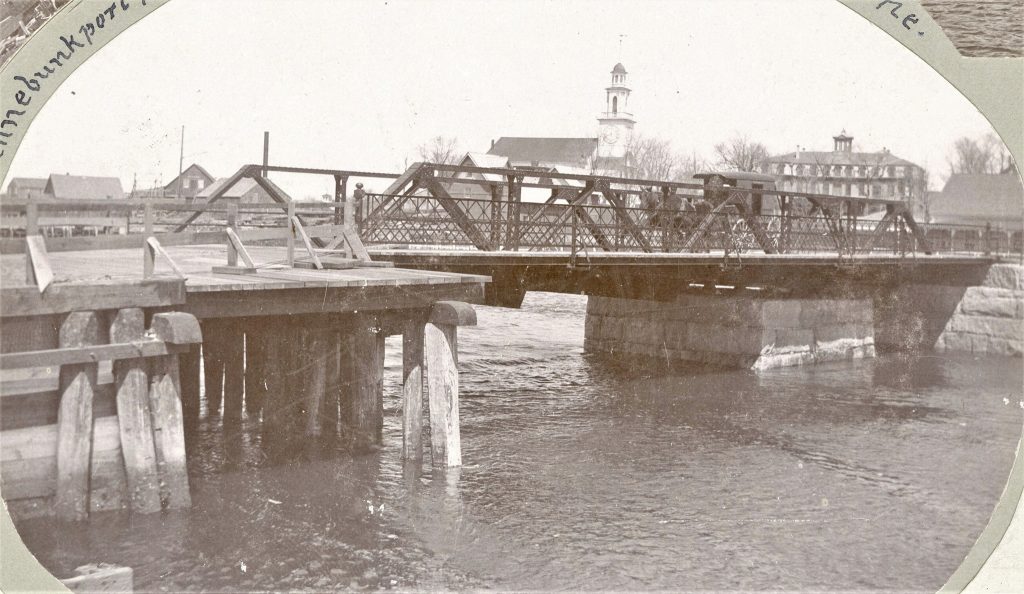
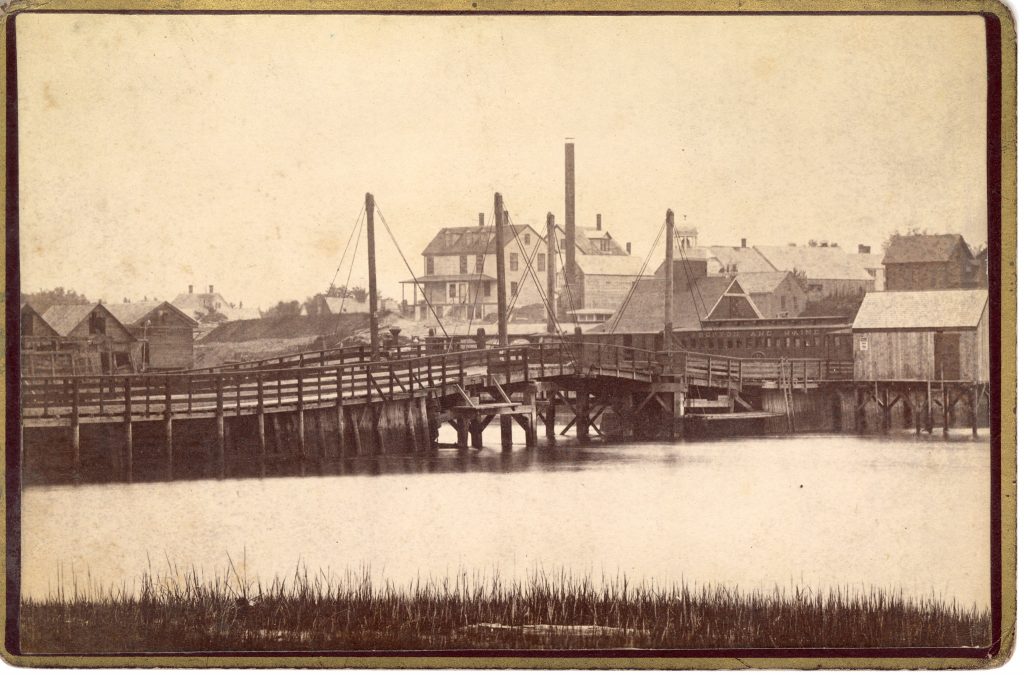
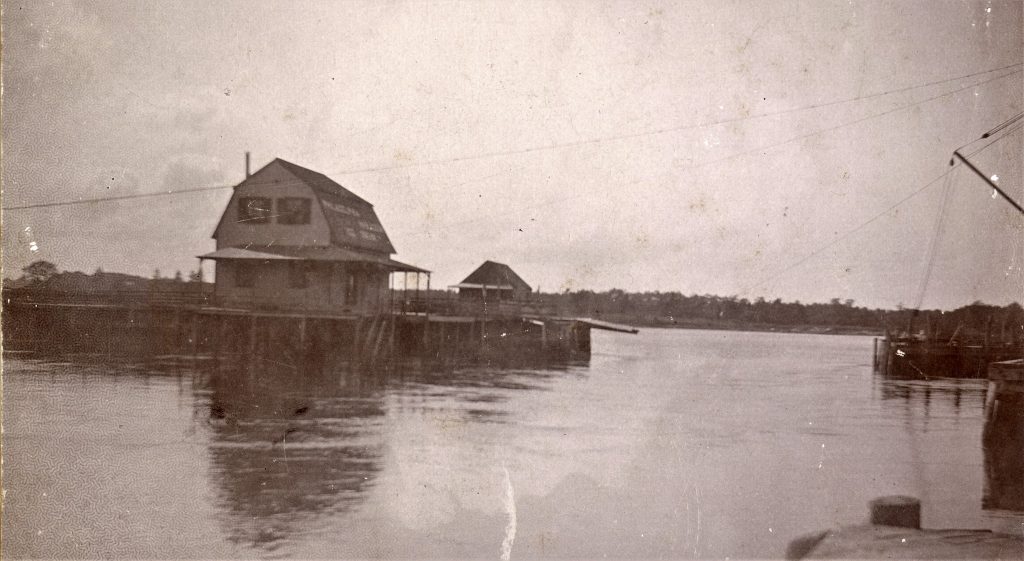
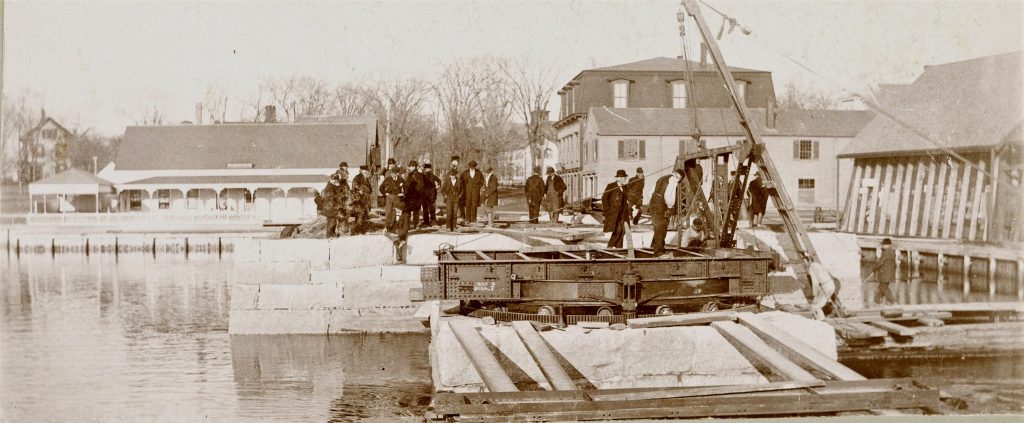
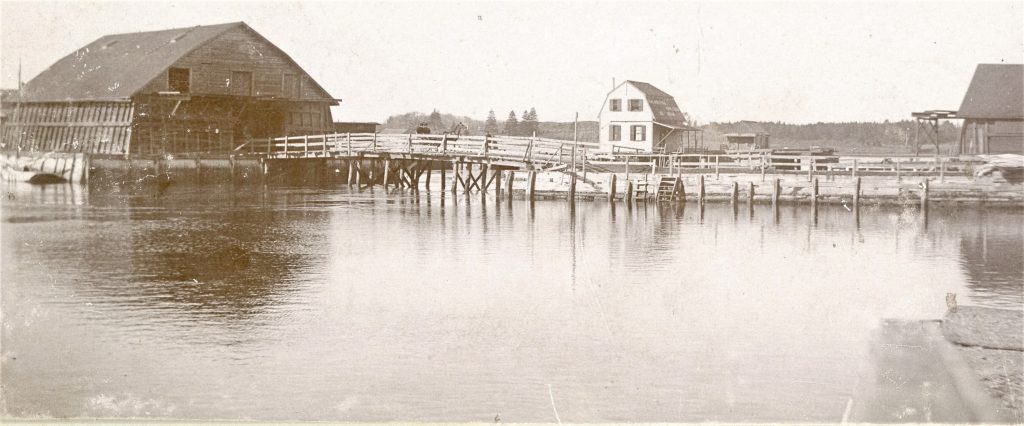
Bridge 1932-1933

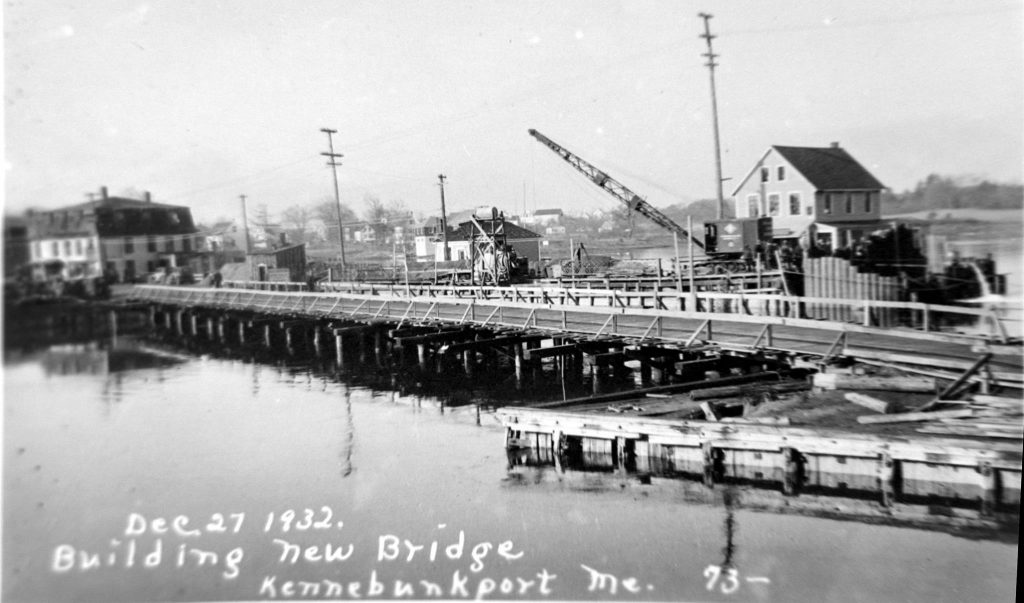
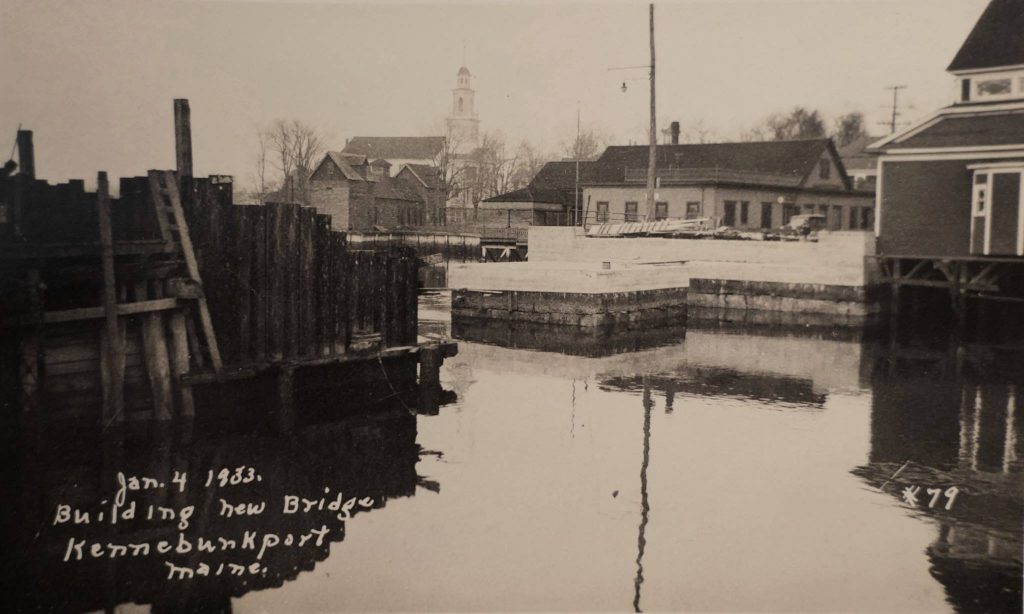

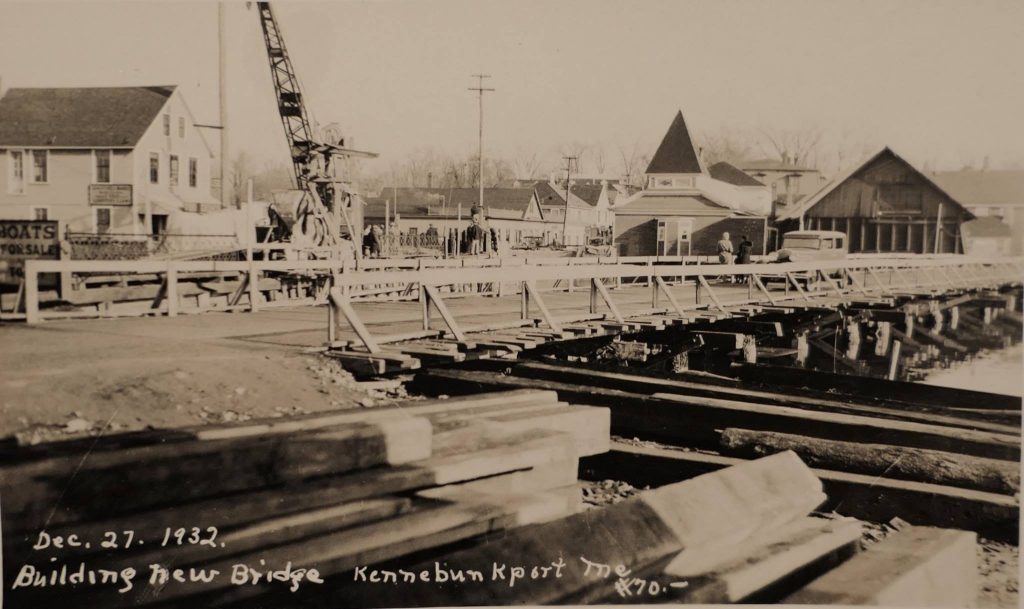


Leave a Reply